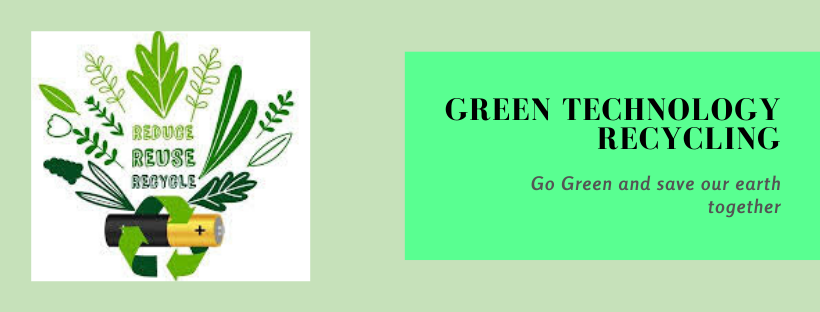 When it comes to reducing waste for our earth long-term health, its important to understand the distinction between recyclable and recycled. Recyclability means a product labeled as recyclable can go into the recycling bin, versus the landfill. Basically, these products have the potential to be reprocessed into something new, once collected and sorted at a material recycling facility (MRF). Recycled content means a product already includes content from previously used material. In other words, recycled content means that the new product you are using. For example, paper cup was made at least in part from content that is already been recycled. Each day our recycling mills take in 2.2 million pounds of waste paper, sorting it and processing it into more than 230,000 tons of post-consumer recycled fiber per year. This recycled fiber is then used by paper mills to manufacture paper and paperboard for use in paper cups, packaging and containers, and food-grade packaging.
When it comes to reducing waste for our earth long-term health, its important to understand the distinction between recyclable and recycled. Recyclability means a product labeled as recyclable can go into the recycling bin, versus the landfill. Basically, these products have the potential to be reprocessed into something new, once collected and sorted at a material recycling facility (MRF). Recycled content means a product already includes content from previously used material. In other words, recycled content means that the new product you are using. For example, paper cup was made at least in part from content that is already been recycled. Each day our recycling mills take in 2.2 million pounds of waste paper, sorting it and processing it into more than 230,000 tons of post-consumer recycled fiber per year. This recycled fiber is then used by paper mills to manufacture paper and paperboard for use in paper cups, packaging and containers, and food-grade packaging.
The term recycled content relates to the percentage of post-consumer recycled fiber contained in a finished cup, packaging or paper board product. For example, a paper package could include a mix of recycled content, such as 10% recycled and 90% virgin fibers, 50% each recycled and virgin fibers, or as far as 100% recycled material. The current industry standard for recycled content in cups, for example, ranges from 10-24% post-consumer recycled fiber content and as of recently, paper board for cups is now available with up to 32% post-consumer recycled fiber content. Some other finished products, including printing paper, can be made of 100% post-consumer recycled fiber content.
Sustanas fiber products are made using 100% recovered post-consumer recycled materials. Our EnviroLife fiber, for instance, is the only 100% post-consumer recycled fiber that is compliant with FDA standards for food-grade packaging. That means manufacturers can use this fiber, together with virgin fiber, to make paper stock board used in cups, takeout containers, popcorn tubs and other food-grade packaging. It starts with sourcing recovered paper from MRFs, before turning it into post-consumer recycled fiber to create new products that consumers can use and then recycle again. Take for instance, the paper cup. When paper cups are sorted properly, recycled and made into new paper cups, the original fibers used to make it are becoming useful again, instead of degrading in a landfill. Its a myth that all paper cups cannot be recycled one that several major U.S. cities are helping bust. Late last year, for example, Denver launched a new paper cup recycling program with Colorado largest MRF, Alpine Waste & Recycling. Under the initiative, Alpine is collecting used cups from the city is recycling bins and distributing them to Sustana Fiber, where we will help turn them into new, usable products. Major brands are already recognizing that recycled content is a powerful way to reduce their environmental impact, plus prove their commitment to sustainability to increasingly eco-conscious consumers. Coffee giant Starbucks has proven that its possible to recycle its paper cups, diverting 25 million of them to Sustana in a pilot project. McDonalds is the world’s largest restaurant company also announced in 2018 a goal to have 100% of its consumer packaging made from renewable, recycled or certified sources at all of its restaurants.
The higher the percentage of recycled content, the better it can be for the environment. A Life Cycle Assessment, which we published found that EnviroLife products have a much lower environmental footprint compared to virgin non-recycled fiber on the North American market. Paper decomposing in landfills, for example, creates methane that increases greenhouse gas emissions. Reusing it in new products can help curb this impact on the environment, because it means fewer paper products collected in landfills. Using recycled materials at our paper mills instead of using virgin fibers also saves enough energy to power 85,000 U.S. homes for a year.
